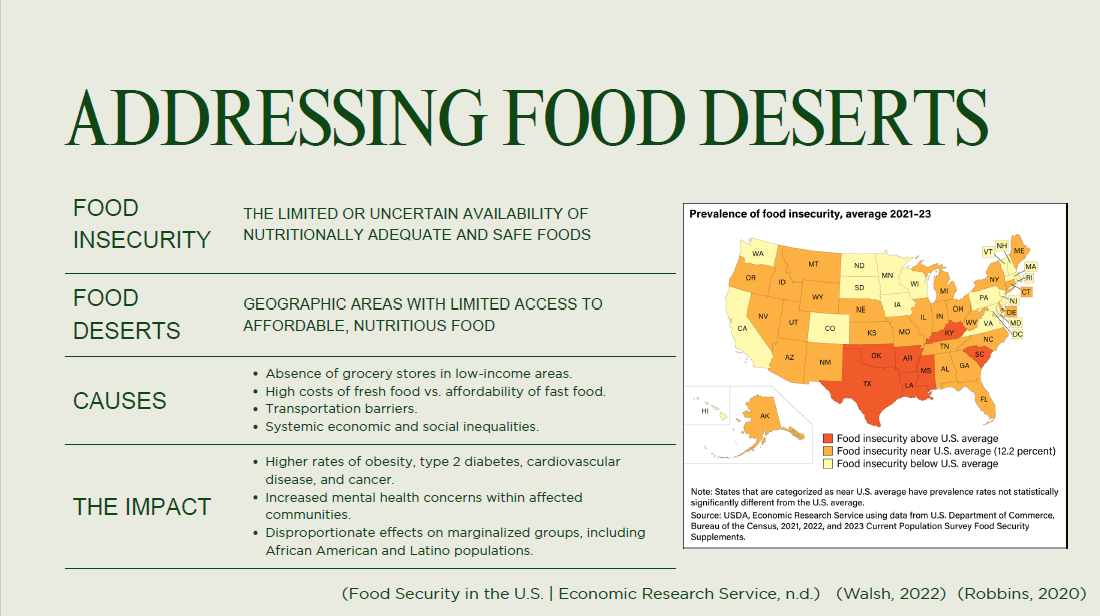
Economic mobility and opportunity (EMO) in the United States has declined significantly over the past several decades. According to Chetty et al. (2017), approximately 90% of Americans born in 1940 earned more than their parents, compared to only 50% of those born in the 1980s. More recent data from the National Bureau of Economic Research (2022) suggests those born in the 1990s have even lower mobility rates. These trends illustrate the widening economic divide, emphasizing the need for local government administrators and elected officials to develop policies that address structural barriers to opportunity.
Why Teach Economic Mobility and Opportunity
Economic mobility and opportunity is a cornerstone of democracy. When individuals can improve their economic standing through quality education, stable employment, and social support systems, they are more likely to engage in civic life and trust government institutions. Conversely, when economic mobility stagnates, disparities widen, trust erodes, and democratic participation declines. Research shows that perceived lack of opportunity leads to lower voter turnout and decreased civic engagement (Chetty, Hendren, Kline, & Saez, 2014). The Federal Reserve (2023) further reports that wage stagnation and homeownership disparities contribute to political disengagement. Addressing economic mobility and opportunity is critical for fostering inclusive growth and strengthening democratic participation.
Grand Canyon University’s (GCU) participation in the International City/County Management Association’s (ICMA) Student Engagement Program, made possible by support from the Gates Foundation’s EMO program, integrates real-world economic mobility challenges into the classroom. This initiative allows students to apply their learning to pressing community issues and develop policy solutions.
Teaching EMO requires a multi-faceted approach that connects theory with practice. By integrating storytelling, applied learning, and data-driven policy analysis, public administration programs ensure students grasp both the systemic causes of economic mobility challenges and the practical tools to address them.
Storytelling in Public Administration
Storytelling is a powerful educational tool. Real-life narratives help connect policy discussions to lived experiences. Studies from the Journal of Public Affairs Education (2021) indicate that storytelling improves retention of complex policy concepts and fosters deeper engagement. Harvard Kennedy School emphasizes case studies as an effective teaching method, illustrating how policies shape economic mobility across communities.
Public administration educators can incorporate storytelling through oral histories, guest speakers, and case studies. Humanizing EMO fosters empathy and a deeper understanding of policy impact, ensuring that discussions remain connected to real-world implications.
Applied Learning: Bridging Theory and Practice
Applied learning prepares students to address economic mobility challenges. Case studies, simulations, and community-based projects provide hands-on experience with policy development and implementation.
A recent initiative through ICMA’s Student Engagement Program provided a platform for applied learning. This project engages students in EMO research, strategic planning, and public engagement. Grand Canyon University’s Public Administration program and the GCU ICMA Club collaborated with the city of Phoenix, focusing on Alhambra and Maryvale—two villages with low economic mobility. Limited transportation options and food insecurity create significant barriers, making it difficult for residents to secure stable employment and access educational opportunities. GCU students analyzed data on food accessibility, assessed transit limitations, and worked with stakeholders to develop policy solutions. Engaging directly with these challenges provided valuable insights into planning, economic policy, and community engagement.
Public administration programs can integrate similar frameworks by incorporating policy analysis, stakeholder engagement, and municipal decision-making simulations. These approaches align with the broader mission of fostering economic opportunity at the local level.
Data and Policy Analysis
A strong emphasis on data literacy is essential for understanding EMO concepts. Analyzing economic indicators—such as income mobility rates, poverty levels, and employment trends—enhances policy development. Examining demographic factors like race, gender, and geographic location offers insights into disparities in EMO.
Publicly available datasets, such as those from the U.S. Census Bureau or Opportunity Insights’ Opportunity Atlas, inform the study of EMO. Evaluating policies—such as place-based economic development initiatives versus direct cash assistance programs—helps determine which strategies yield the most equitable and sustainable outcomes. Strengthening these analytical skills prepares public administrators to develop evidence-based policies.
Conclusion
Teaching EMO in public administration programs is essential to preparing future public servants. By bridging theory and practice, educators cultivate professionals who understand both the systemic challenges to economic mobility and the tools needed to create meaningful change.
Through applied learning, data-driven policy analysis, and community engagement, public administration programs equip future leaders to design policies that enhance economic opportunity and strengthen democracy. Initiatives like ICMA’s Student Engagement Program demonstrate the value of integrating academic training with real-world problem-solving. Advancing EMO is essential to fostering a more just and participatory society.
References
- Brookings Institution. (2023). "Intergenerational economic mobility in the U.S.: Trends and disparities."
- Chetty, R., Hendren, N., Kline, P., & Saez, E. (2014). "Where is the land of opportunity? The geography of intergenerational mobility in the United States." The Quarterly Journal of Economics, 129(4), 1553-1623.
- Chetty, R., Grusky, D., Hell, M., Hendren, N., Manduca, R., & Narang, J. (2017). "The fading American dream: Trends in absolute income mobility since 1940." Science, 356(6336), 398-406.
- Journal of Public Affairs Education. (2021). "The impact of storytelling on public policy education."
- National Bureau of Economic Research. (2022). "Declining mobility for millennials."
- U.S. Census Bureau. (2023). "Economic mobility statistics."
New, Reduced Membership Dues
A new, reduced dues rate is available for CAOs/ACAOs, along with additional discounts for those in smaller communities, has been implemented. Learn more and be sure to join or renew today!
